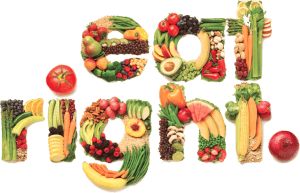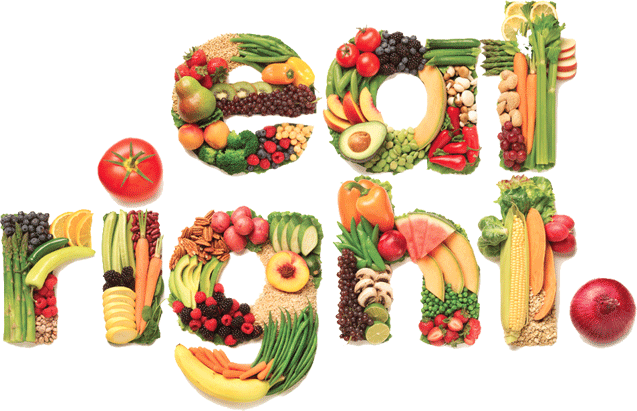A good diet and plenty of sleep, fresh air and exercise are essential to the growing child. Allow plenty of time in the morning for your child to eat breakfast. The school operates a healthy lunches policy. Please comply with this and explain it simply to your child.
Healthy Eating Guidelines
A healthy lunchbox includes a helping of food from the first four shelves of the food pyramid. The Department of Health and children guidelines recommend the following daily servings: six from the cereal, bread and potato shelf, five from the fruit and vegetable shelf, three from the dairy shelf and two from the meat, fish and alternatives shelf. Foods from the top shelf should not be part of your child’s daily diet.
Children will be encouraged to have water bottles so as to prevent dehydration during the course of the school day. Water only in the bottles.
Healthier choices of drink include water, milk, unsweetened juices and freshly squeezed juices diluted with water. Juices should be ‘pure’ rather than ‘juice drinks’ as the latter contain large amounts of water.
Dental Health
Sugary, fizzy drinks are not permitted as frequent consumption of these put teeth at risk of dental decay.
Sugary foods are not permitted in lunchboxes. If consumed at other times it is advisable to have them after a meal in order to prevent dental decay.
Chewy/sticky bars and sweets
Brush teeth before going to school and going to bed with a pea size amount of toothpaste
Cans, glasses, chewing gum and crisps are not permitted for safety and litter reasons. Foods which have wrapper are to be kept to a minimum. Wrappers should be disposed of properly before going out to the yard to reduce litter and protect our school environment.
Nutrition and healthy eating are included as part of the primary school curriculum. Also, parents should provide positive attitudes to healthy eating.
Information on healthy eating will be offered to all parents.
Parents should involve the children in the creation of interesting and varied lunches.
A “Healthy Eating Awareness Week” will be held regularly
The “Healthy Eating Guidelines” will be reviewed from time to time and the Healthy Eating Policy will be available in the school plan.
The importance of breakfast is stressed. The following are examples of healthy eating at breakfast time: unsweetened cereal with milk, toast with butter or margarine, small glass of diluted unsweetened pure fruit juice. If your child has a good appetite in the morning, you could also include poached/scrambled/boiled egg, grilled bacon or baked beans.
Any uneaten foods plus wrappers and milk cartons will be taken home by each pupil so that parents can keep track of which items are actually consumed from the lunch box.
Parents need to explore which foods their children like and enjoy and thereby put some “fun” into lunchtime.
Food should be manageable and presented appropriately for the child’s age e.g. fruit cut into small pieces.
Most ‘fast food’ is of a non-nutritional nature and if not consumed within forty minutes of purchase should be discarded. It should never be reheated for food safety reasons. Children
should therefore not purchase such food on the way to school to consume at school.
Pupils whose lunchboxes do not follow the Healthy Eating Guidelines on a regular and reasonable basis will have a note written into their journals or a note sent home. These notes will require a signature from a parent to indicate that they have been read.
These guidelines which form part of this policy were created through a process of consultation involving the partners in education. It is expected that all partners will adhere to it as part of the school plan.
